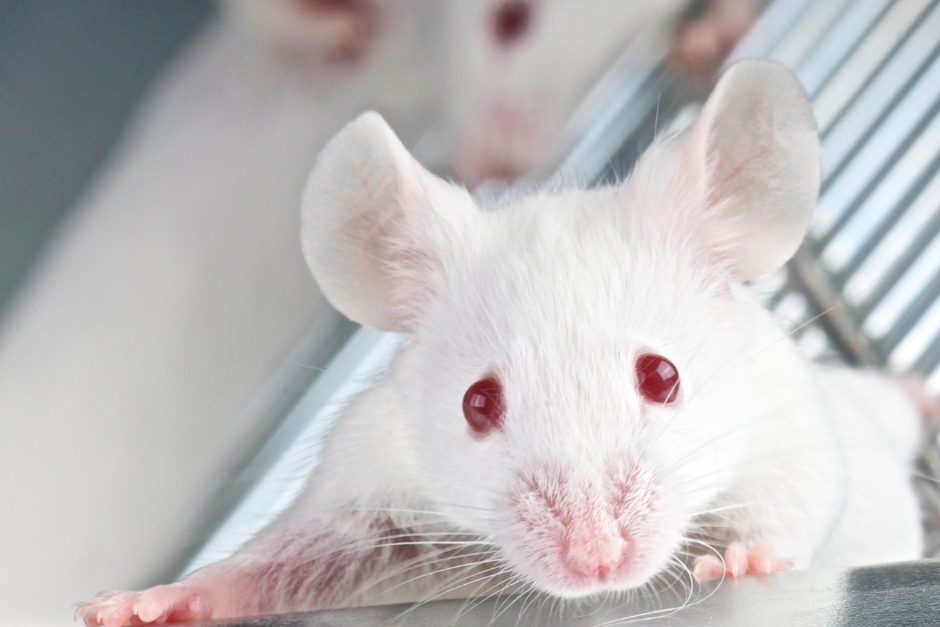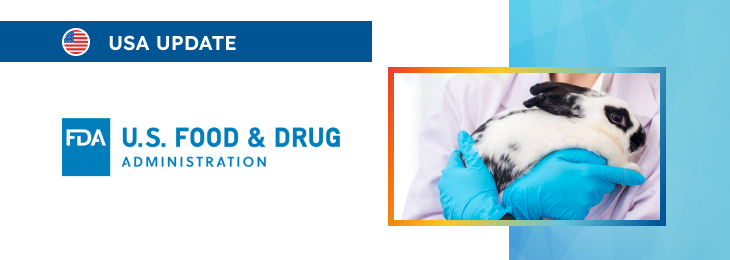The article provides an overview of the existing legal framework and also describes the key concepts related to the matter.

Table of content
The Food and Drug Administration (FDA or the Agency), the US regulating authority in the sphere of healthcare products, has published a draft guidance dedicated to animal studies for dental bone grafting material devices in the context of premarket notification (510(k)) submissions.
The document provides an overview of the applicable regulatory requirements, as well as additional clarifications and recommendations to be taken into consideration by medical device manufacturers and other parties involved in order to ensure compliance.
At the same time, it is important to mention that provisions of the guidance are non-binding in their legal nature, nor are they intended to introduce new rules or impose new obligations.
Moreover, the authority explicitly states that an alternative approach could be applied, provided such an approach is in line with the relevant legislation and has been agreed with the authority in advance.
Introduction
The authority has developed draft guidance for industry and FDA staff concerning premarket notification (510(k)) submissions specifically for animal studies related to dental bone grafting material devices.
The document extends and elaborates on recommendations outlined in the existing “Class II Special Controls Guidance Document: Dental Bone Grafting Material Devices,” and is generally intended to enhance consistency in submission reviews and promote regulatory compliance.

Regulatory Background
Historically, the FDA has adapted its classification of various bone grafting materials based on multiple factors. As it is mentioned in the guidance, the relevant classification rules could be subject to revision from time to time, should it be reasonably necessary to reflect the relevant changes in the regulatory approach.
For instance, tricalcium phosphate granules used in dental bone repair have shifted from a class requiring premarket approval to a class under special controls. This reclassification also included materials like hydroxyapatite, polylactic and polyglycolic acids, and collagen, provided they did not contain drug or biological components.
The reclassification, effective from April 28, 2005, was accompanied by the publication of a special controls guidance document to aid manufacturers in aligning with FDA expectations for in vivo performance evaluation.
Recommendations for Animal Studies
When it comes to dental bone grafting materials, the FDA additionally emphasizes the importance of conducting animal studies to ascertain in vivo performance, which is crucial for understanding the safety and effectiveness of these devices beyond bench testing only.
As explained by the authority, bench tests, which typically include chemical and physical characterizations, do not sufficiently mimic the complex intraoral environment characterized by factors such as salivary flow, masticatory forces, and fluctuating pH levels.
Consequently, the FDA encourages conducting detailed animal studies that go beyond historical data of similar devices, focusing on the specific proprietary aspects like manufacturing processes, graft shapes, and sizes that could influence the device’s behavior in vivo.
Scope of Guidance
The scope of this draft guidance is specifically focused on covering animal studies for class II dental bone grafting materials as defined under 21 CFR 872.3930, paying the most attention to those without incorporated drugs or biologics. It also provides guidance for combining these studies with biocompatibility assessments, thereby aiding manufacturers in addressing the FDA’s special controls.
At the same time, the authority explicitly states that the scope of the guidance does not cover bone grafting materials intended for non-oral/maxillofacial applications (such as spinal and other orthopedic uses), nor it covers those that involve therapeutic biologics or are significantly manipulated.
In summary, the present draft guidance emphasizes the importance of animal studies in the context of certain dental bone grafting material devices for the purpose of assessing their safety and effectiveness before making such products available for marketing and use in the country.
Conclusion
The document highlights the key points related to the matter and also provides additional clarifications to be taken into consideration by medical device manufacturers, study sponsors, and other parties involved.
How Can RegDesk Help?
RegDesk is a holistic Regulatory Information Management System that provides medical device and pharma companies with regulatory intelligence for over 120 markets worldwide. It can help you prepare and publish global applications, manage standards, run change assessments, and obtain real-time alerts on regulatory changes through a centralized platform. Our clients also have access to our network of over 4000 compliance experts worldwide to obtain verification on critical questions. Global expansion has never been this simple.

